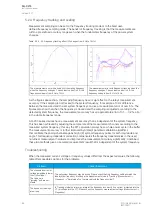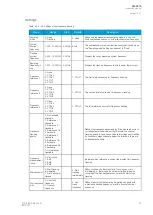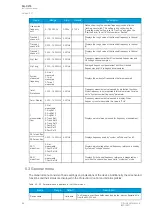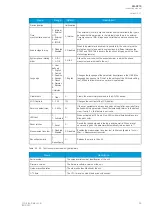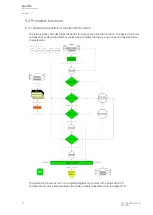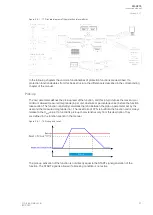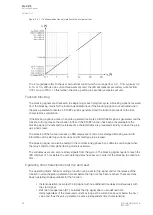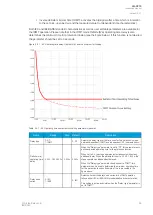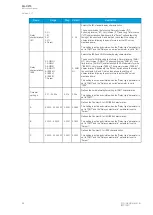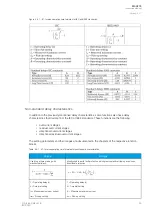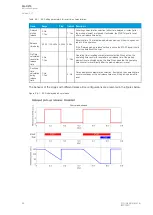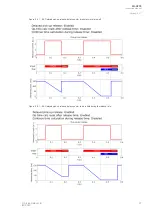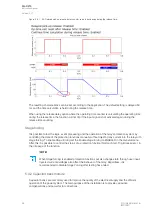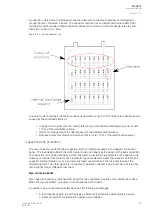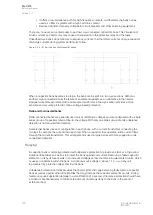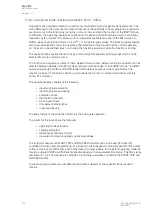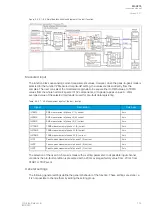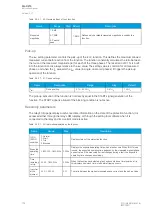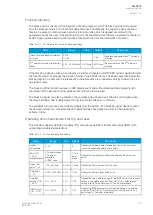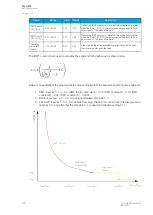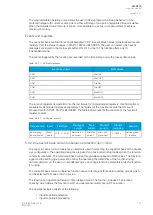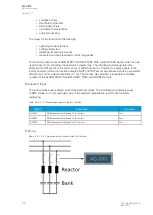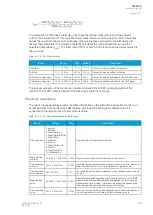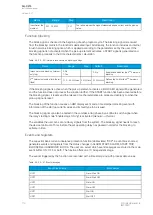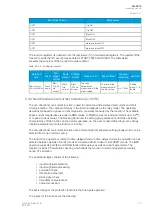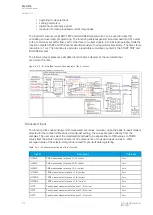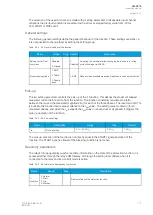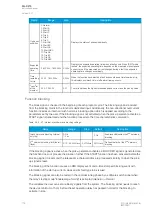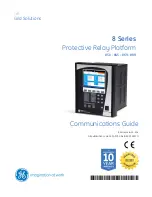
• It offers a low-impedance path for high-frequency currents, and therefore the bank can be
used as a filter in systems with a high harmonic content.
• Reduced transient recovery voltages for circuit breakers and other switching equipment.
There are, however, some drawbacks to earthed, wye-connected capacitor banks. The circulation of
inrush currents and harmonics may cause a misoperation in the protective relay and the fuses.
Unearthed wye banks do not allow zero sequence currents, third harmonic currents or large capacitor
discharge currents during system earth faults to flow.
Figure. 5.4.2 - 87. Earthed wye shunt capacitor banks.
When a capacitor bank becomes too large, the bank can be split into two wye sections. With two
earthed, wye-connected banks the failure of an element appears as an unbalance in the neutral.
Residual current measurement with a cable core transformer in the wye section provides a more
sensitive and accurate protection than a voltage-based protection.
Delta and H-connect
Delta and H-connected banks
ed banks
Delta-connected banks are generally used only at distribution voltages and are configured with a single
series group of capacitors rated at line-to-line voltage. With only one series group of units unbalance
detection is not required for protection.
Some larger banks use an H configuration in each phase, with a current transformer connecting the
two legs to compare the current down each leg. When a capacitor fuse operates, some current flows
through the current transformer. This arrangement is used in large banks with many capacitor units
vonnected in parallel.
Relaying
A capacitor bank is normally protected with unbalance protection to provide an alarm or a trip during
individual fuse failures as well as to protect the bank against overcurrent. Removing a failed capacitor
element or unit by its fuse results in an increased voltage across the remaining elements or units, which
causes an unbalance within the bank. A continuous overvoltage (= above 1.1 p.u.) on any unit
is prevented by protection relays that trip the bank.
Unbalance protection normally provides the primary protection against arcing faults within a capacitor
bank as well as against other abnormalities that may damage the capacitor elements or units. Arcing
faults can cause substantial damage in a small fraction of a second. Unbalance protection should have
a minimum intentional delay to minimize the amount of damage done to the bank in the event of
external arcing.
A
AQ
Q-C215
-C215
Instruction manual
Version: 2.07
100
© Arcteq Relays Ltd
IM00040

